Countertop Basins
Countertop basins have become a staple in modern bathroom design, offering a sleek and stylish alternative to traditional sinks. These versatile fixtures sit atop your bathroom counter, creating a striking focal point that can elevate the entire room's aesthetic. In essence, a countertop basin is a freestanding sink that rests on top of a vanity unit or countertop, rather than being inset or undermounted. This design allows for greater flexibility in terms of style and placement, making it a favourite among interior designers and homeowners alike.
Geberit VariForm 480mm Round 1 Tap Hole Countertop Basin - With Overflow
Now Only £105.54
Geberit VariForm 600mm Elliptic 1 Tap Hole Countertop Basin - With Overflow
Now Only £140.72
Geberit VariForm 600mm Elliptic 1 Tap Hole Countertop Basin - No Overflow
Now Only £140.72
Geberit VariForm 550mm Rectangular 1 Tap Hole Countertop Basin - No Overflow
Now Only £147.75
Geberit VariForm 550mm Rectangular 1 Tap Hole Countertop Basin - With Overflow
Now Only £147.75
Laufen Savoy 380mm Round 0 Tap Hole Countertop Basin without Overflow - White
Now Only £158.40
The history of countertop basins can be traced back to the early days of indoor plumbing, when washstands with bowl and pitcher sets were common. As plumbing technology advanced, these evolved into the fixed basins we know today. However, it wasn't until the late 20th century that countertop basins began to gain traction in residential bathrooms, initially as a luxury option and later as a more mainstream choice.
Today, countertop basins are more popular than ever, and it's not hard to see why. They offer a perfect blend of form and function, allowing homeowners to express their personal style while still maintaining practicality. Whether you're renovating an existing bathroom or designing a new one from scratch, countertop basins provide an opportunity to create a truly unique and eye-catching space.
Types of Countertop Basins
When it comes to countertop basins, there's no one-size-fits-all solution. Several types are available, each with its own unique characteristics and benefits. Let's explore the main categories:
Vessel Sinks: Perhaps the most recognisable type of countertop basin, vessel sinks sit entirely on top of the counter. They come in a wide variety of shapes, from traditional round bowls to more avant-garde designs. Vessel sinks make a bold statement and can serve as a striking centrepiece in your bathroom. However, they do require careful consideration when it comes to tap height and placement.
Semi-recessed Basins: These basins offer a compromise between fully-recessed and vessel sinks. Part of the basin is sunk into the countertop, while the rest sits above it. This design can provide a more stable feel than a vessel sink while still offering a distinctive look. Semi-recessed basins are particularly useful in bathrooms where space is at a premium, as they don't protrude as far into the room as vessel sinks.
Inset Basins: Also known as drop-in sinks, inset basins are partially recessed into the countertop with a visible rim sitting on top of the surface. They're a popular choice for those who want the look of a countertop basin with the stability and ease of cleaning associated with traditional sinks. Inset basins are available in a wide range of materials and can suit both modern and traditional bathroom styles.
Undermount Basins: While not strictly a countertop basin in the traditional sense, undermount basins are worth mentioning as they're often considered alongside other countertop options. These basins are installed beneath the countertop, creating a seamless look that's easy to clean. They're an excellent choice for those who want a sleek, minimalist aesthetic.
When comparing these different types, it's important to consider factors such as your bathroom's size, your personal style preferences, and practical considerations like ease of cleaning and durability. Vessel sinks, for instance, make a dramatic visual impact but may require more frequent cleaning around the base. Semi-recessed and inset basins offer a good balance of style and practicality, while undermount basins provide a clean, uncluttered look that's perfect for modern bathrooms.
Materials Used in Countertop Basins
The material you choose for your countertop basin can have a significant impact on both its appearance and functionality. Here's a rundown of some of the most popular options:
Ceramic: A classic choice, ceramic basins are durable, easy to clean, and available in a wide range of styles and colours. They're resistant to staining and scratching, making them a practical option for busy bathrooms. However, they can be heavy and may chip if subjected to hard impacts.
Porcelain: Often confused with ceramic, porcelain is actually a denser, less porous material. This makes it even more durable and resistant to staining than ceramic. Porcelain basins can be crafted into very thin, delicate-looking designs without sacrificing strength, making them a popular choice for modern bathrooms.
Glass: Glass countertop basins offer a unique, contemporary look that can make a real style statement. They're available in a range of colours and can be either transparent or opaque. While glass is simple to clean and resistant to staining, it can be more prone to showing water spots and may require more frequent cleaning to maintain its pristine appearance.
Natural Stone: Materials like marble, granite, and onyx can create truly stunning countertop basins. Each piece is unique, with its own patterns and variations in colour. However, natural stone requires more maintenance than other materials. It needs to be sealed regularly to prevent staining and can be sensitive to harsh cleaning products.
Concrete: For a modern, industrial look, concrete basins are hard to beat. They can be moulded into almost any shape and are incredibly durable. However, concrete is porous and needs to be properly sealed to prevent staining. It's also worth noting that concrete basins are typically quite heavy.
Metals: Copper and stainless steel basins offer a distinctive look that works well in both contemporary and rustic bathrooms. Copper develops a beautiful patina over time, while stainless steel maintains its sleek appearance. Both are durable and simple to clean, but can show water spots more readily than some other materials.
Design Styles for Countertop Basins
Countertop basins come in a wide array of design styles, allowing you to find the perfect match for your bathroom's aesthetic. Let's explore some of the most popular styles:
Modern and Minimalist: These basins feature clean lines, simple shapes, and a lack of ornate details. They're often made from materials like porcelain or glass and may have a stark white or bold monochromatic colour scheme. Modern countertop basins work brilliantly in contemporary bathrooms, creating a sleek and uncluttered look.
Rustic and Farmhouse: For a more traditional or country-inspired bathroom, rustic countertop basins are an excellent choice. These might feature materials like copper or stone with a weathered or textured finish. Farmhouse-style basins often have a deeper bowl and might incorporate elements like apron fronts or vintage-inspired taps.
Industrial: Industrial-style countertop basins often feature raw materials like concrete or metal. They might have visible seams or intentionally rough finishes, embracing an unrefined aesthetic. These basins work well in loft-style apartments or bathrooms with exposed brick or pipework.
Art Deco and Vintage-inspired: If you're after a touch of glamour, consider an Art Deco or vintage-inspired basin. These might feature geometric patterns, gold accents, or ornate detailing. They're perfect for adding a sense of luxury and nostalgia to your bathroom.
Organic and Nature-inspired: These basins draw inspiration from the natural world, with shapes that mimic leaves, shells, or river stones. They might be crafted from materials like wood-effect ceramics or actual stone, bringing a sense of the outdoors into your bathroom.
When choosing a style, consider how it will fit with the rest of your bathroom decor. A modern basin might look out of place in a traditionally styled bathroom, while a rustic basin might clash with sleek, contemporary fittings. That said, don't be afraid to mix and match styles thoughtfully; a vintage-inspired basin can add character to a modern bathroom, while a sleek, minimalist basin can help balance out a bathroom with lots of traditional elements.
Factors to Consider When Choosing a Countertop Basin
Selecting the right countertop basin involves more than just picking a style you like. Here are some key factors to keep in mind:
Bathroom Size and Layout: The size of your bathroom will play a crucial role in determining the appropriate size and style of your countertop basin. In a small bathroom, a large vessel sink might overwhelm the space, while a compact, semi-recessed basin could be ideal. Also consider the layout; ensure there's enough clearance around the basin for comfortable use.
Existing Decor and Colour Scheme: Your new basin should complement your bathroom's existing aesthetic. Consider the colours, textures, and overall style of your bathroom when choosing a basin. If you're doing a complete renovation, think about how the basin will fit into your overall vision for the space.
Practicality and Ease of Cleaning: While style is important, don't overlook practicality. Some basin designs, particularly those with intricate shapes or textures, can be more challenging to keep clean. Consider how much time you're willing to spend on maintenance.
Durability and Longevity: Think about how the basin will stand up to daily use. Some materials are more prone to scratching or chipping than others. If you have a busy household, you might want to prioritise durability over delicate designs.
Budget Considerations: Countertop basins can vary widely in price. Set a budget before you start shopping, and try to stick to it. Remember to factor in installation costs as well, especially if you're opting for a design that requires special mounting or plumbing arrangements.
By carefully considering these factors, you'll be better equipped to choose a countertop basin that not only looks great but also meets your practical needs and fits within your budget.
Countertop Basin Accessories
The right accessories can enhance both the functionality and appearance of your countertop basin. Here are some key accessories to consider:


Taps: The tap you choose can have a significant impact on the overall look of your basin. Options range from traditional pillar taps to modern waterfall spouts. When selecting a tap, consider not only the style but also the height and reach – it needs to be tall enough to clear the rim of the basin and long enough to direct water into the centre of the bowl.
Waste Systems and Plugs: These might not be the most exciting accessories, but they're crucial for functionality. Options include pop-up wastes, which are operated by a lever, and click-clack wastes, which open and close with a push. Some basins come with decorative plugs that can add a stylish touch.
Mounting Rings and Fixings: These are essential for securing your basin to the countertop. The type you need will depend on the basin you've chosen and the material of your countertop. Some basins come with mounting hardware included, while others require separate purchase.
Countertop Materials: While not strictly an accessory, the material you choose for your countertop can greatly impact the overall look of your basin. Popular options include granite, marble, quartz, and wood. Consider how the countertop material will complement your chosen basin.
When selecting accessories, aim for a cohesive look. For instance, if you've chosen a copper basin, you might want to opt for copper or bronze-toned taps and waste fittings. Similarly, a sleek modern basin might pair well with minimalist, angular taps.
Don't forget practical considerations too. Ensure that your chosen tap is compatible with your home's water pressure and that any fixings you select are appropriate for the weight and size of your basin.
FAQs About Countertop Basins

Here are some frequently asked questions about countertop basins, along with detailed answers:
Q: How do countertop basins differ from traditional sinks?
A: Countertop basins, unlike traditional sinks, sit on top of the counter rather than being inset or undermounted. This design offers several advantages:
Visual appeal: They create a striking focal point in the bathroom.
Flexibility: They can be placed on various surfaces, including repurposed furniture.
Space-saving: Some designs can make a small bathroom feel larger.
Easy installation: Many countertop basins are simpler to install than traditional sinks.
However, they may require more frequent cleaning around the base and careful consideration of tap placement.
Q: Can I install a countertop basin on any surface?
A: While countertop basins are versatile, not all surfaces are suitable. Here's what to consider:
Weight: Ensure the surface can support the basin's weight when full of water.
Water resistance: The surface must be water-resistant to prevent damage.
Levelness: A perfectly level surface is crucial for proper drainage.
Material compatibility: Some basins may require specific mounting methods.
Ideal surfaces include stone countertops, solid wood treated for bathroom use, and purpose-built vanity units. If in doubt, consult a professional to assess your chosen surface's suitability.
Q: Are countertop basins more expensive than standard sinks?
A: The cost of countertop basins can vary widely. While some high-end designer models can be pricier than standard sinks, many affordable options are available. Factors affecting cost include:
Material: Luxury materials like natural stone or copper tend to be more expensive.
Brand: Designer brands often command higher prices.
Size and complexity of design: Larger or more intricate basins typically cost more.
Installation: Some countertop basins may require specialised installation, adding to the overall cost.
When budgeting, remember to factor in the cost of compatible taps and any necessary plumbing modifications.
Q: How do I clean and maintain my countertop basin?
A: Proper cleaning and maintenance depend on the basin's material, but here are some general tips:
Daily cleaning: Wipe the basin with a soft cloth and mild soap solution after use.
Avoid abrasives: Don't use harsh scrubbers or abrasive cleaners that could scratch the surface.
Address stains promptly: For stubborn stains, use a cleaner appropriate for your basin's material.
Seal if necessary: Some materials like natural stone may require periodic sealing.
Check for leaks: Regularly inspect the area around the basin for signs of water damage.
Mind the drain: Clean the drain regularly to prevent clogs and unpleasant odours.
Always refer to the manufacturer's care instructions for material-specific guidance.
Q: Can I replace my existing sink with a countertop basin?
A: In many cases, yes, but there are several factors to consider:
Counter space: Ensure you have enough flat surface area for the new basin.
Plumbing: You may need to modify existing plumbing to accommodate the new basin's position.
Tap compatibility: Check whether your current tap will work with the new basin or if you'll need a new one.
Counter modification: You might need to cut or modify your existing counter to fit the new basin.
Weight: Verify that your counter can support the weight of the new basin.
It's often advisable to consult a plumber or bathroom fitter when making this kind of change, especially if significant modifications are needed.

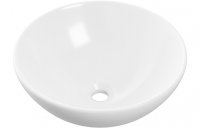

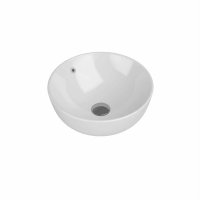



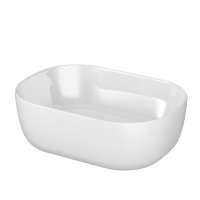
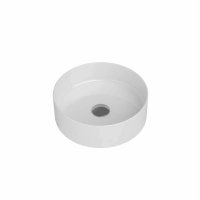
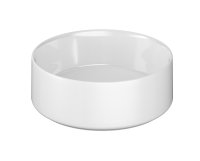
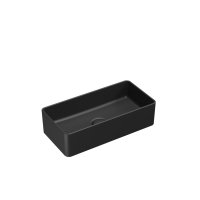
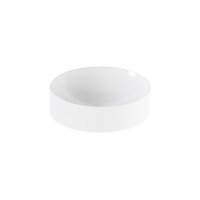
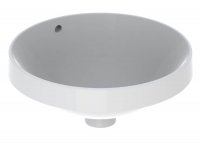

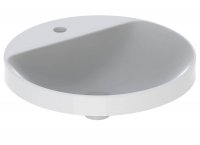
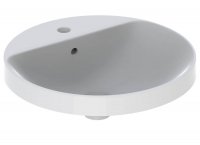
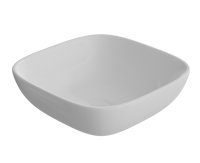
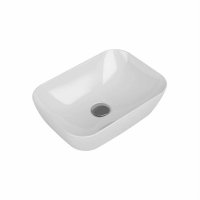
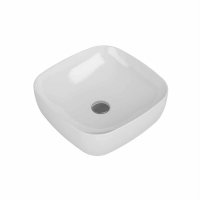
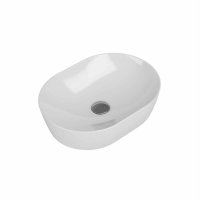
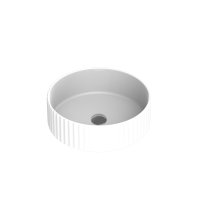
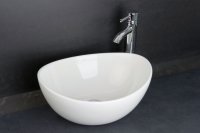

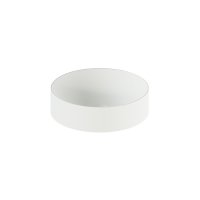
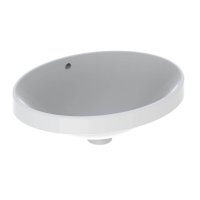
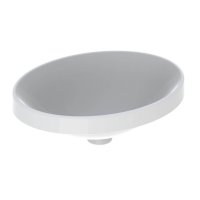
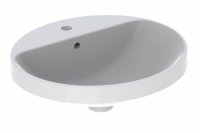

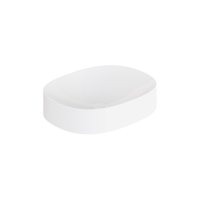
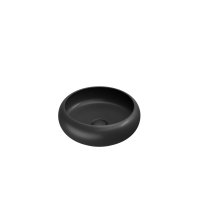
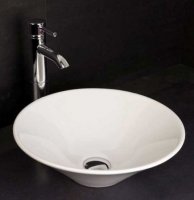

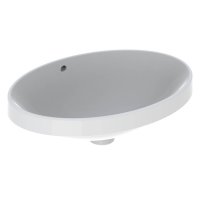
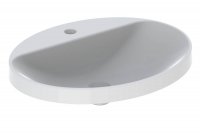
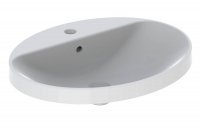
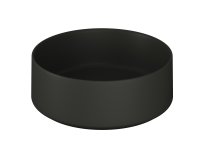



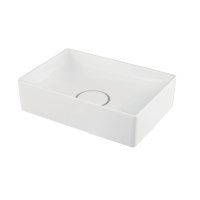

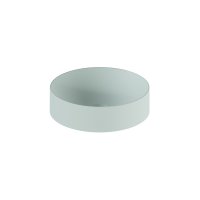
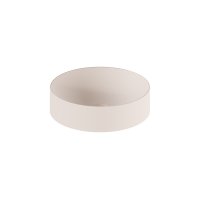
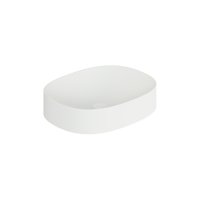


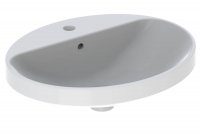
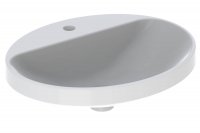



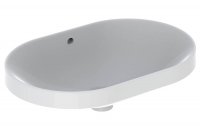
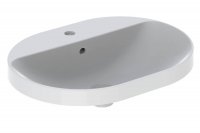
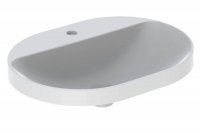
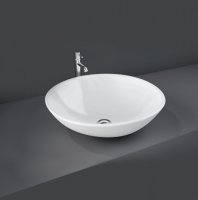
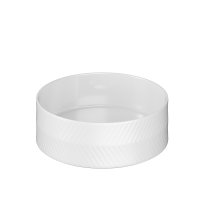
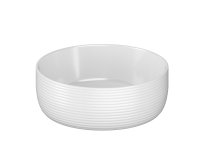
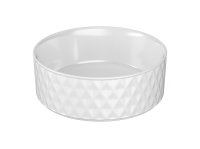

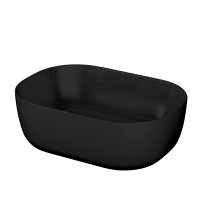
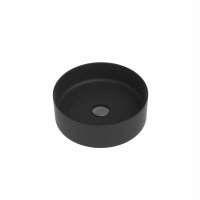

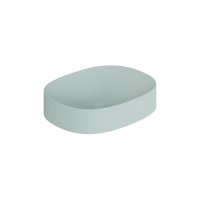


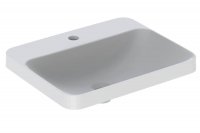
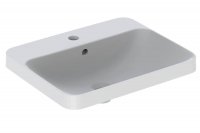
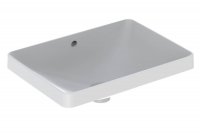
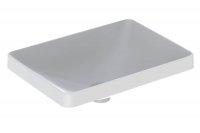





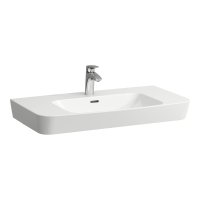





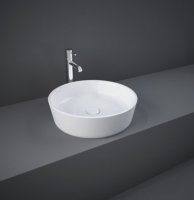
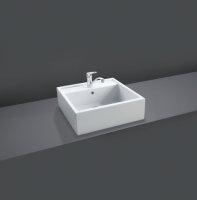
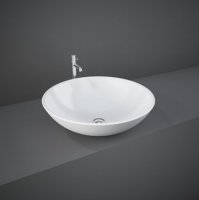



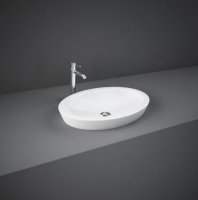
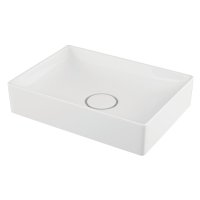
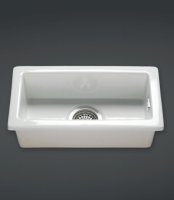
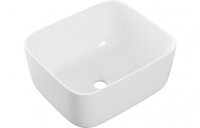


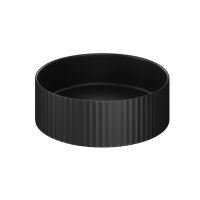
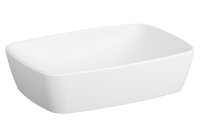


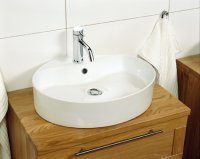

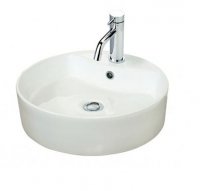
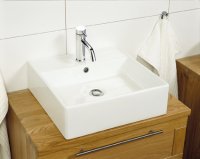
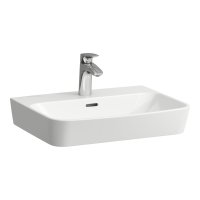

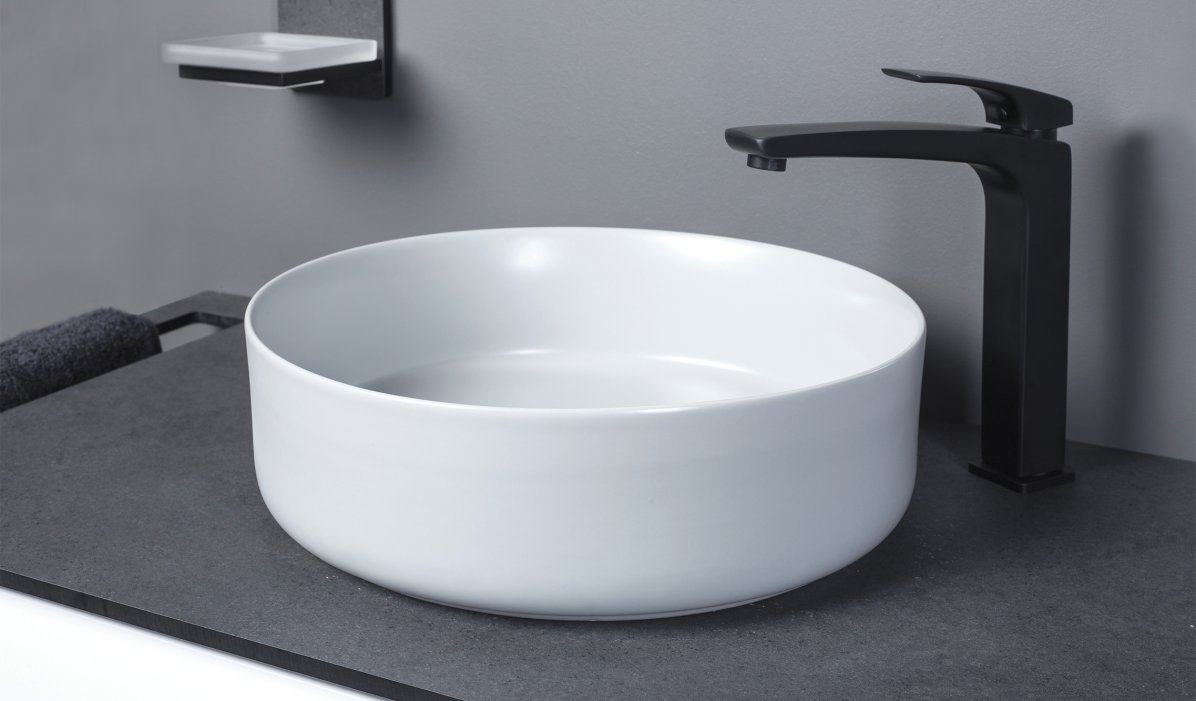
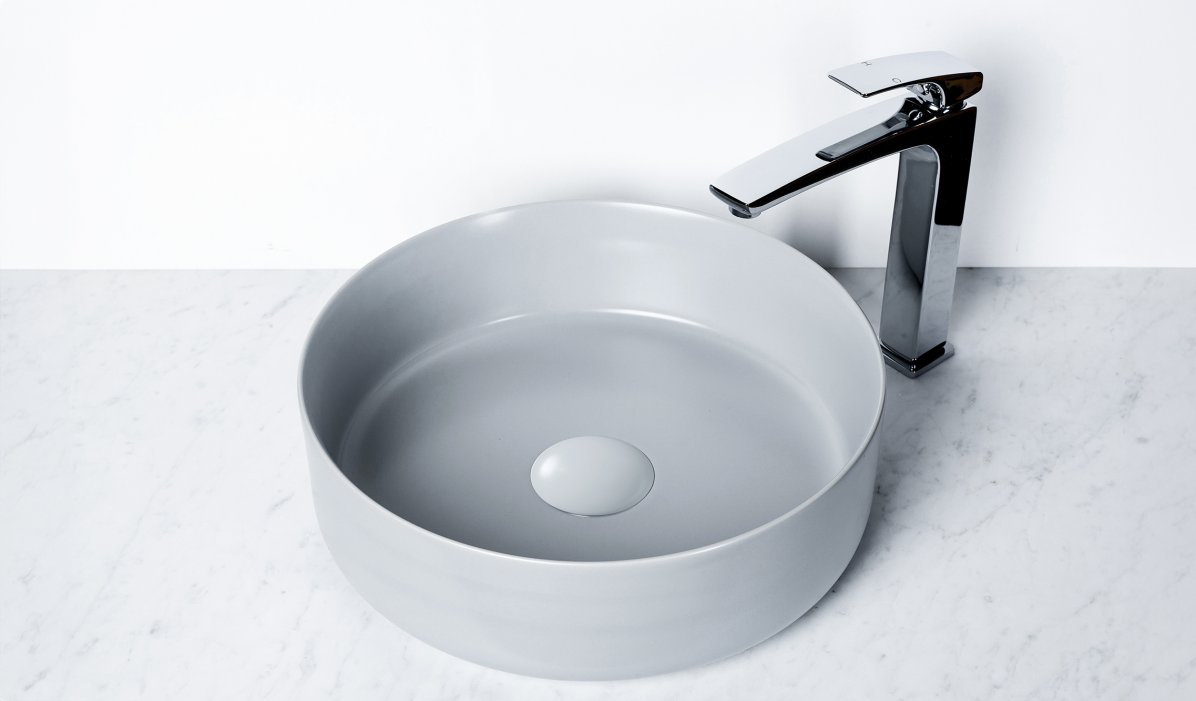
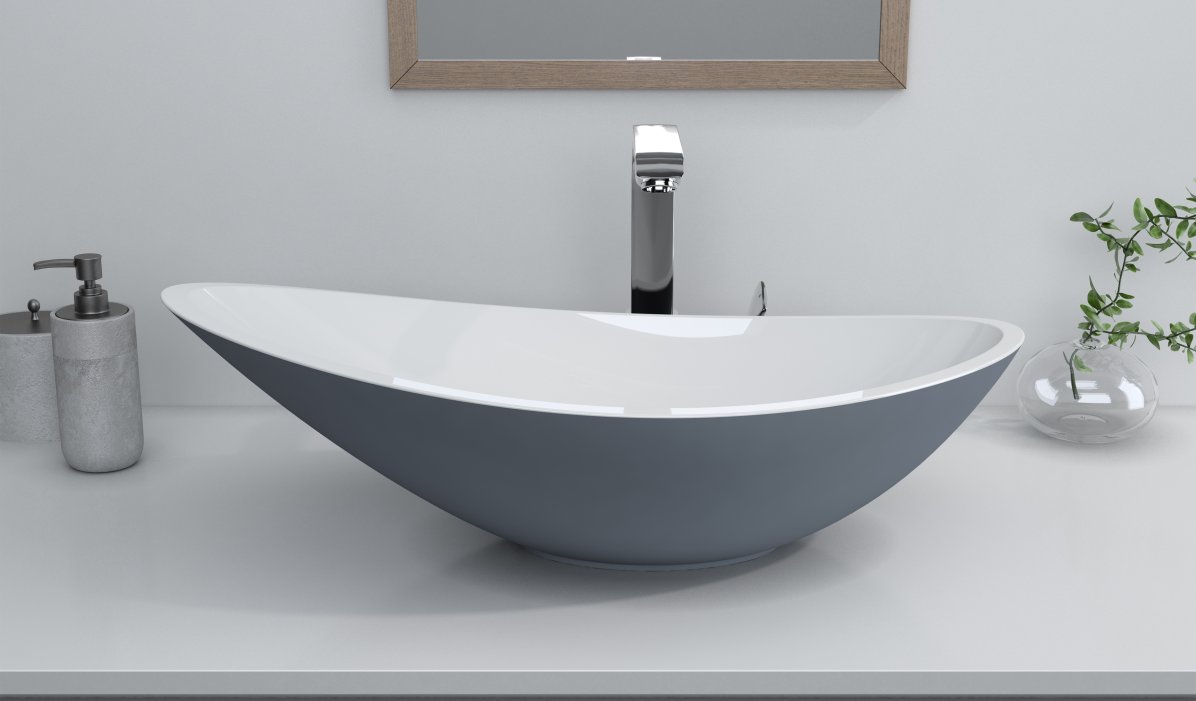




Stay Connected